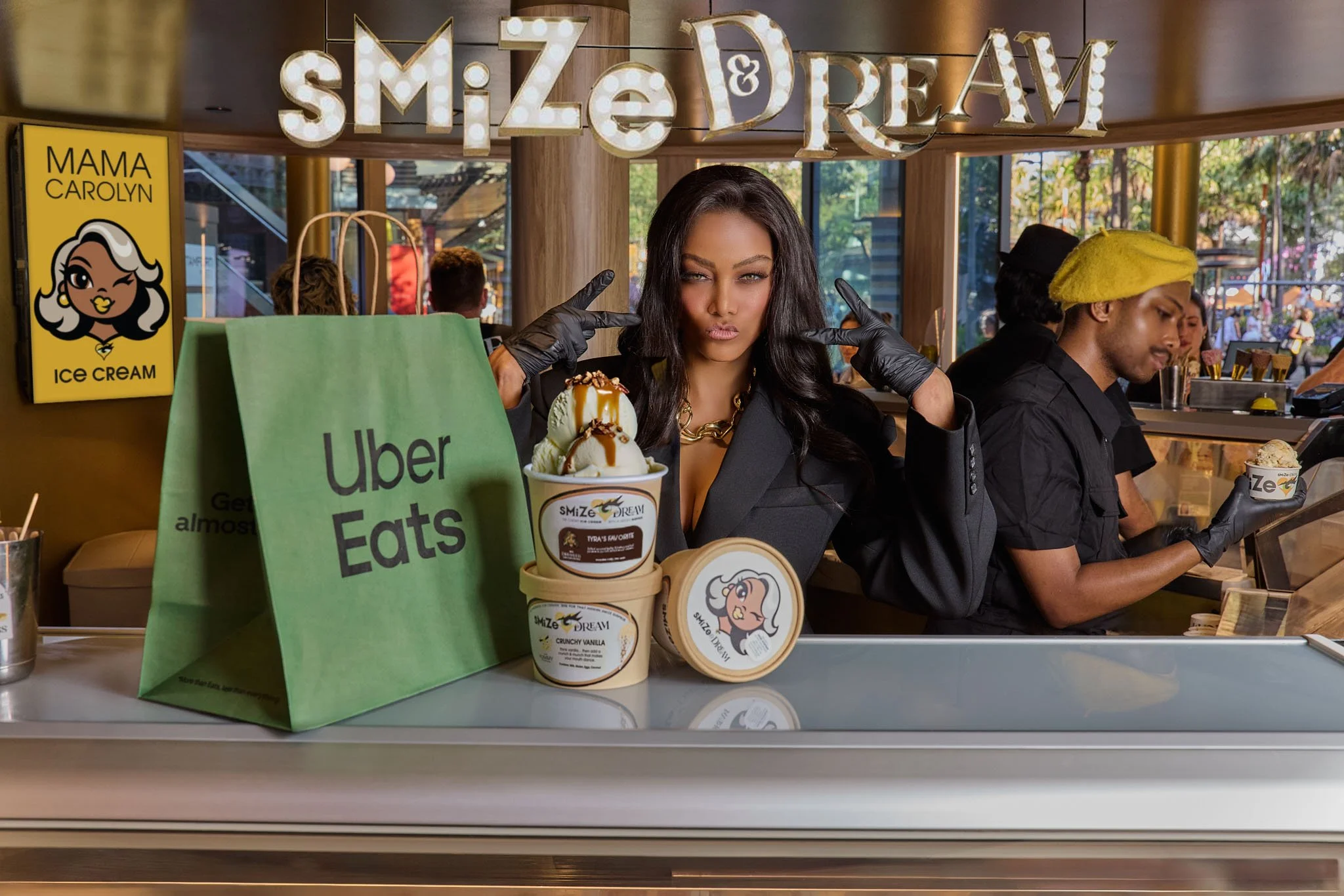Virgil Abloh and the Architecture of Influence
Virgil Abloh and the Architecture of Influence
Style - November 22, 2025
His empire lived in objects, spaces, and ideas far beyond clothing.
Virgil Abloh never acted like a fashion designer. He acted like someone redesigning the world’s interface. Off-White and Louis Vuitton made him famous, but those were just distribution channels. The real empire — the reason his influence feels atmospheric — lived outside of clothing, in the objects, spaces, and ideas he slipped into everyday life.
Abloh once said his job was to “make a dictionary for the modern world.” It wasn’t metaphor. He meant every project, every object, every collaboration as a new word in the language he wanted culture to speak.
At IKEA, he turned furniture into hype artifacts. The MARKERAD collection — a rug that said “KEEP OFF,” a chair with a deliberate manufacturing scar, a mirror that felt like a portal — transformed mundane home goods into cultural signals. People camped out for rugs, mirrors, and cutting boards like they were sneaker drops. He collapsed the boundaries between home décor and streetwear, making the living room feel like part of the outfit.
With Rimowa, he did it again. The transparent suitcase wasn’t a travel accessory; it was a statement. A piece of industrial design that turned airport terminals into runways. Suddenly luggage wasn’t luggage — it was visibility, identity, a quiet brag. Virgil understood that modern life is lived in transit, and he designed for the places culture passes through.
Then he took that logic to cars. His “Project Geländewagen” with Mercedes wasn’t a modification — it was a reimagining of the G-Class as a conceptual art object. Sanded down, stripped back, painted in matte white like a clay prototype. It wasn’t meant for roads; it was meant for galleries. It hinted at a world where runway shows and auto shows share a language.
Music got the same treatment. Virgil didn’t make album covers; he built visual vocabularies. Watch the Throne, Yeezus,Long.Live.A$AP, Luv Is Rage 2, Pop Smoke’s Shoot for the Stars — he shaped the look of an entire decade of hip-hop. His covers weren’t decoration. They were infrastructure, defining how rap’s biggest records should appear in the world.
And DJing wasn’t a side gig — it was R&D. Clubs were his laboratories. Mixes were design studies. He treated sound like another medium, another doorway into culture. The booth was as much a workspace as his Louis Vuitton office.
But the clearest view of the Abloh operating system came from Alaska Alaska, the multi-disciplinary creative studio he founded in London. It wasn’t a fashion label. It wasn’t a merch company. It was a design lab — architecture, product, sculpture, graphics, research — built to let Virgil enter any industry without asking permission. Off-White was the brand. Alaska Alaska was the motherboard.
What set him apart wasn’t that he did many things. Plenty of creatives dabble. Virgil integrated. He didn’t sprint between lanes — he erased the lanes entirely.
People asked how one person could work this way. But Virgil wasn’t multitasking; he was multi-threading. He wasn’t collaborating; he was conducting. He treated culture like a network of interconnected systems, each one capable of influencing the other if designed correctly.
And that’s why his impact feels bigger than his lifespan. He didn’t create a legacy. He created a template. A new model for what a designer could be: part architect, part DJ, part engineer, part philosopher, part entrepreneur — all running on the same operating system.
Virgil Abloh built worlds.
And he taught everyone watching that the future doesn’t belong to the specialists — it belongs to the ones who can rewire the whole machine.




